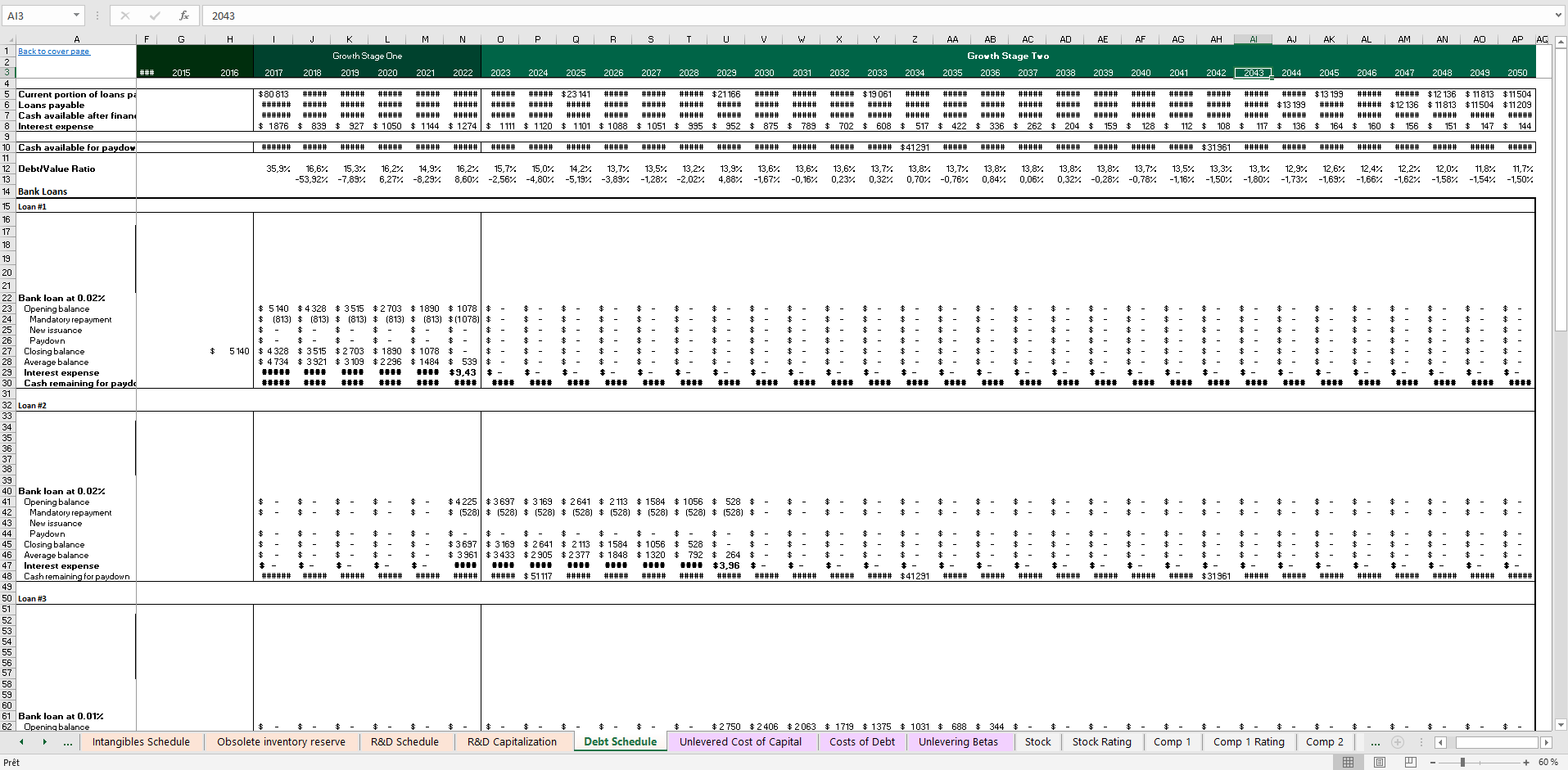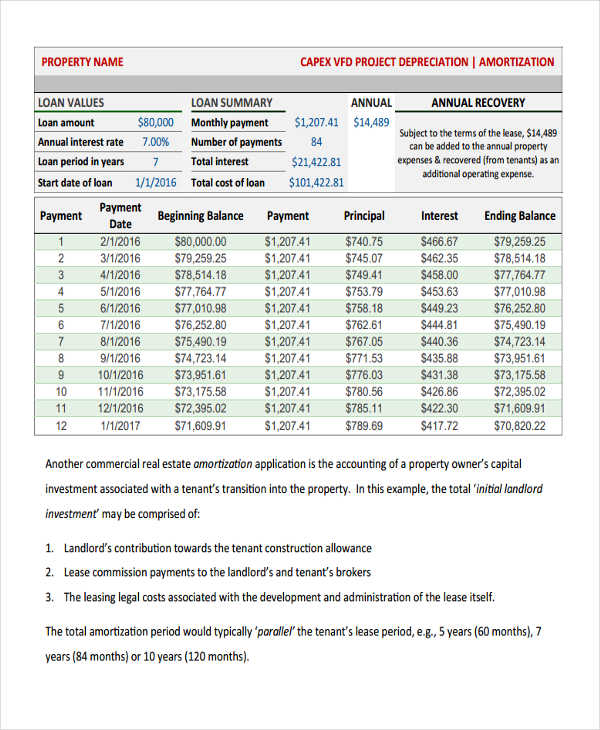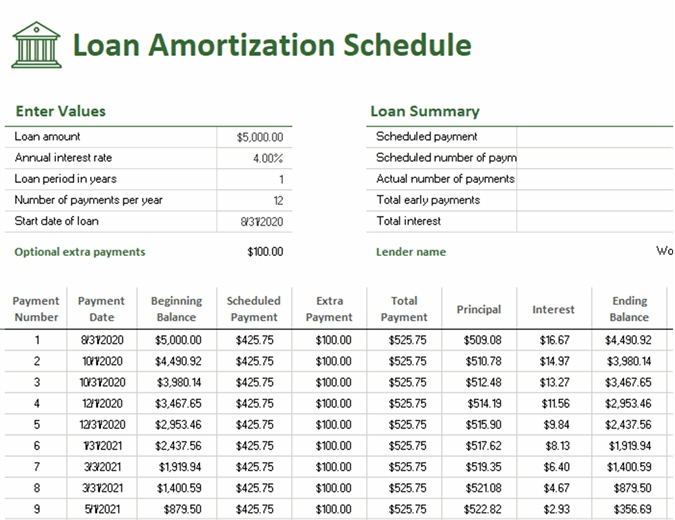


There’s our Flexi First Option home loan, which is a variable rate home loan. When it comes to home loans, or mortgages, you have a few different choices. Variable rates are based on a number of factors including market and economic conditions. There’s no crystal ball to predict how high interest rates might go. How high could variable interest rates go? If you like, you can choose back-to-back fixed rate terms over the life of your loan, simply by re-fixing your home loan at the end of each fixed rate term. Read more about interest-only home loans.Ĭan I choose fixed interest for the life of my loan? This will need to be paid off over a shorter loan term, which means higher repayments for the remaining loan term. At the end of the IO period, you will have the same principal amount. If you’re on Interest Only repayments, you pay the monthly accrued interest each month but don’t pay down the principal amount. Then on your repayment due date, we’ll add up all your daily interest for the period and charge it to your home loan account. Every evening, we’ll multiply your remaining balance by your interest rate and divide it by 365 (or 366) days to calculate your daily interest. Your interest is calculated daily and charged on your monthly repayment due date.

It’s also important to note that the interest rate on interest-only repayments is higher than on principal and interest repayments. So, the longer the interest only period, the higher your repayments. This set-up can be helpful if you need more cash flow to pay off other debts, or if you’re taking some time off work and have a reduced income.Īfter the set period of time, you’ll automatically switch to paying the principal and interest, and your repayment amount will increase, to ensure your loan is paid within the original term.
#Owner finance amortization schedule plus
You can structure your loan so that for a period of time between 1-5 years, your repayments cover only the interest portion of your home loan, plus any fees – therefore the amount you’ve borrowed doesn’t change as you make repayments. But near the end of your loan, you’ll have less interest to pay, so a higher percentage of your loan balance will go towards paying off principal.

This is the most common kind of repayment type.ĭepending on the structure of your loan, when you first buy a new home, you’ll often be paying off a smaller amount of the principal. Principal and Interest repayments means that your repayments cover your principal (amount borrowed), plus interest on the outstanding principal, as well as fees and government charges.


 0 kommentar(er)
0 kommentar(er)
